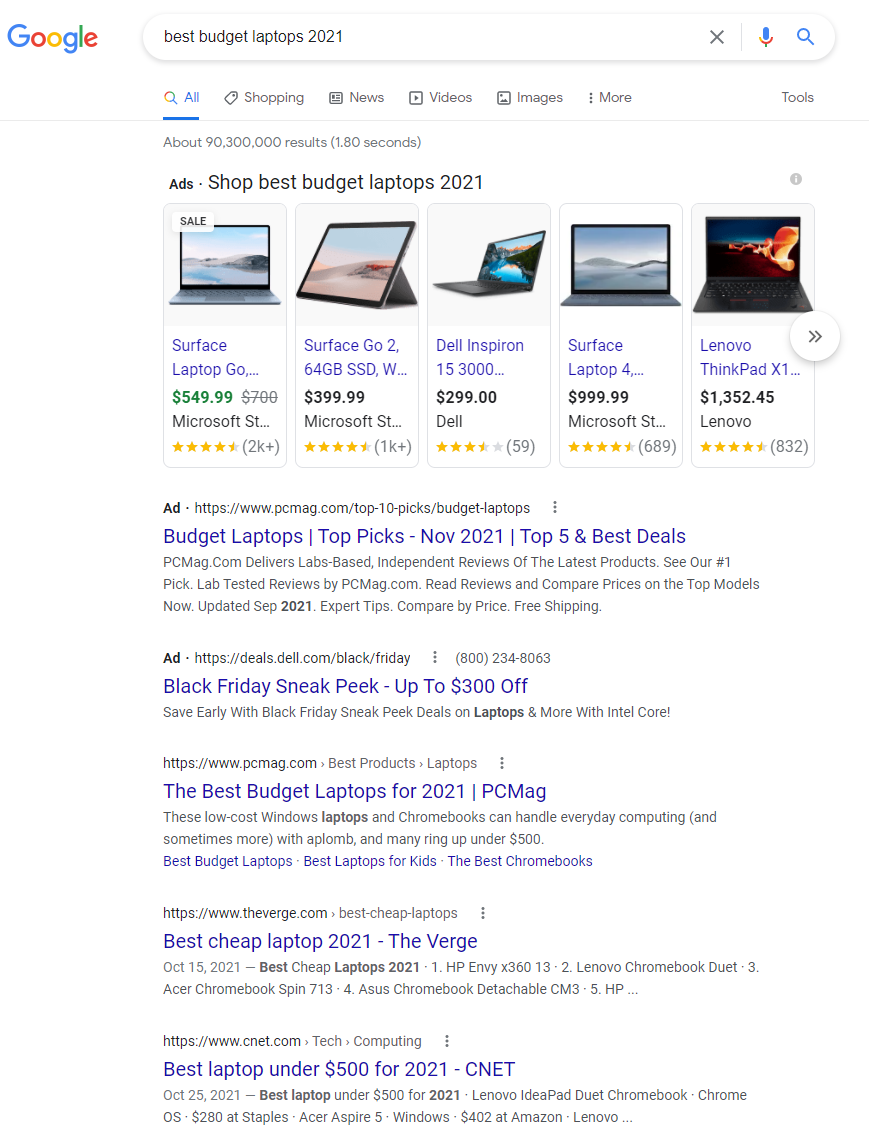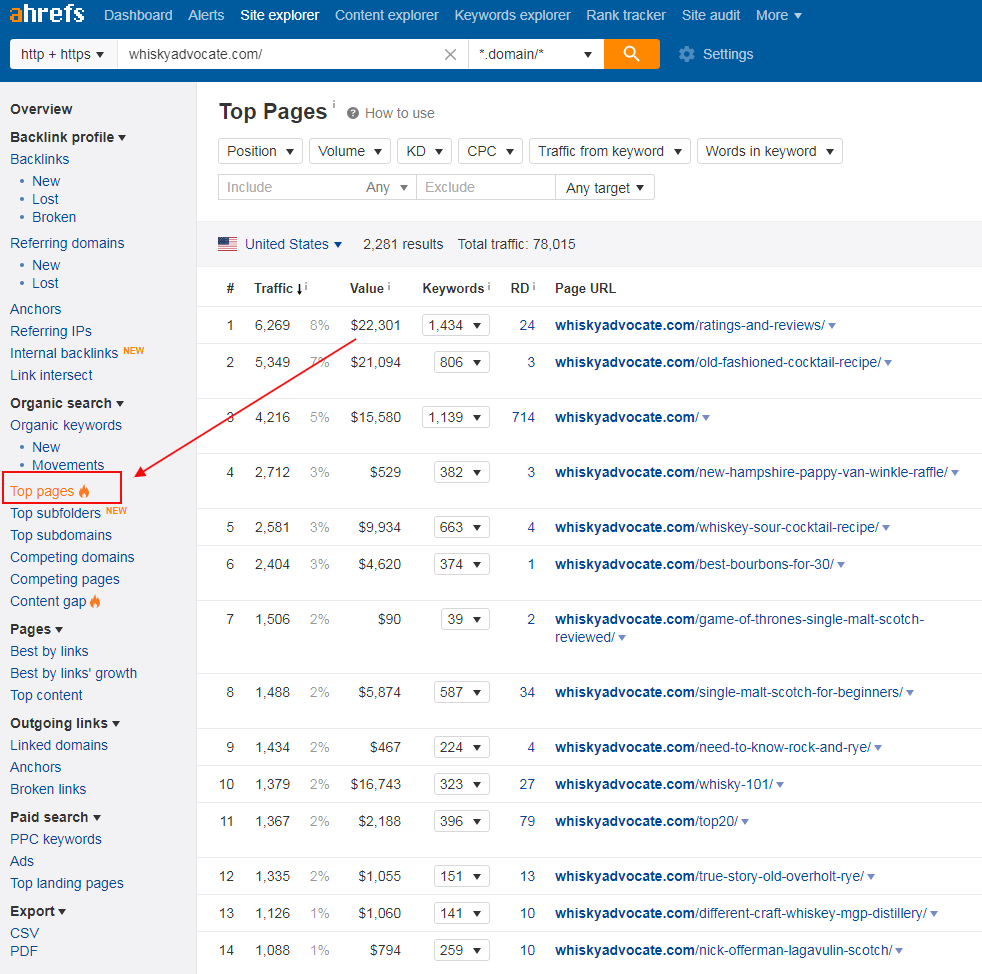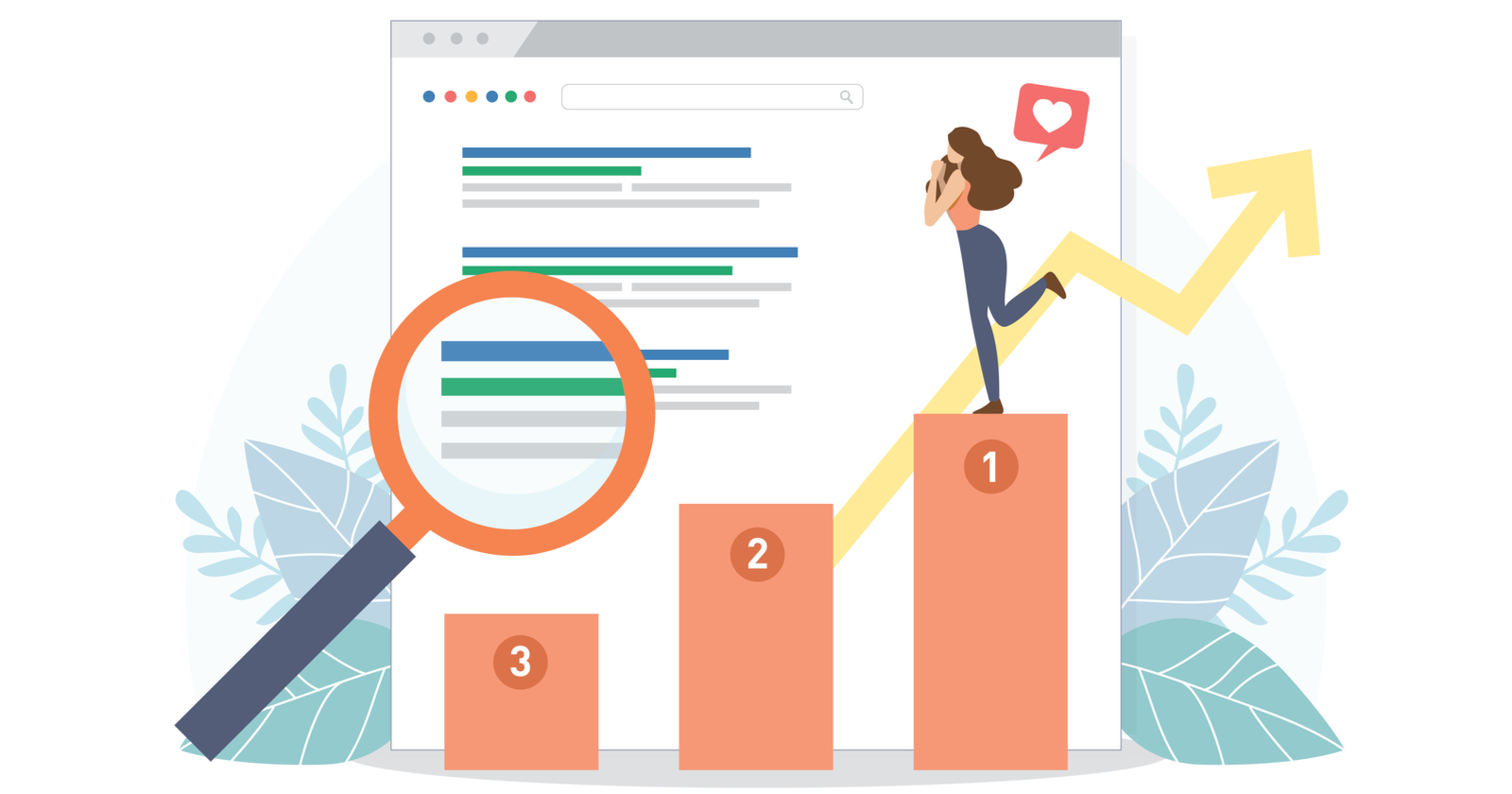You’ve taken all the steps you believe are necessary to rank a page for a particular keyword – and then another page on your site shows up for that keyword.
This is a frustrating yet common problem. When the “wrong” page is showing up, Google isn’t recognizing your intended page as the best destination for traffic, for some reason.
Despite the fact that your intended page might be the best destination, logic doesn’t apply here; only algorithms determine the ranking and various SEO techniques can attempt to correct it.
With the “wrong” page showing up, your user experience might be affected, you might have fewer conversions, or your bounce rate, CTR, or engagement metrics can be lower than they should be.
Thankfully, there are several steps you can take to fix the problem. Let’s take a look.
How To Improve A Page’s Ranking Signals For A Specific Keyword
Step 1: Evaluate The User Intent Of Your Focus Keyword
User intent is essentially the goal a person has when they type in a search term into Google.
Advertisement
Continue Reading Below
Over the past year or two, ensuring the page you want to rank for a query matches the user intent has become vital.
- Is the goal to buy something? (Transactional)
- Is the goal to find a particular website or page? (Navigational)
- Is the goal to find helpful information to further answer a question you have? (Informational)
Tailoring your content to the intent is crucial.
For example, if your focus keyword was “best budget laptops 2021” and you wanted your product page or category page to rank for this, you probably have no shot.
 Screenshot by author, November 2021.
Screenshot by author, November 2021.In the example above, you can clearly see that all the top ranking websites are from third-party aggregators and review sites where they list a comparison of the best laptops.
Advertisement
Continue Reading Below
In fact, not one manufacturer or retail site is ranking on Page 1 for this so you need to shift focus away from this keyword altogether or understand what you are dealing with to better align.
Step 2: Evaluate The Content On The Page
Once you have ensured your content is matching the intent, you can then move on to ensuring the content on the relevant page is optimized.
Some questions you might want to ask yourself to further analyze are:
- Is my primary focus keyword in my page title?
- Do I reference my primary focus keyword in my description?
- How does the length of my copy compare to that against the Top 10 or Top 20 ranking sites?
- Do the competitor sites use shared semantic keywords that I need to incorporate into my page?
- Does my page answer questions a user might have to understand more about this topic?
Two tools that both do an excellent job helping you analyze and answer the questions above are SEMrush Writing Assistant and Clearscope.
Step 3: Evaluate Your Internal Links
Link signals are what tell Google a page is important, so make sure you have a sufficient amount of pages on your website linking back to the page that you want to improve.
Try adding 3-5 internal links from topically relevant pages with high authority.
A quick way to do this is to go to Ahrefs, enter your domain, and then navigate to “Top Pages”.
 Screenshot by author, November 2021.
Screenshot by author, November 2021.This will tell you which pages are the most authoritative on your site, and then you just need to find the most relevant pages and add a link to your target URL.
Bonus Tip: You can be aggressive with internal anchor text so use your focus keyword as the anchor text of your internal link.
Advertisement
Continue Reading Below
Step 4: Evaluate Your External Links
The same rule applies to external links as it does to internal ones.
Links show Google that a site and a page are valuable, so if you have a copious amount of external links pointing to the wrong page for a specific keyword, it’s going to affect your ability to rank the correct page.
If that’s the case, talk to those sites and ask them to link to the correct page.
Along the same lines, if you don’t have any external links pointing to the correct page, it’s going to send the message to Google that this page isn’t valuable and shouldn’t be ranked well. It might be as simple as doing a link assessment to fix your problem.
Step 5: Look At Your User Data
Do you have a high bounce rate for the relevant page?
A poor click-through rate?
A lousy conversion rate?
If people are landing on the relevant page and leaving quickly, or are unable/unwilling to navigate the page and convert, it’s could affect your overall rankings.
Advertisement
Continue Reading Below
Use Google Analytics or software like Hotjar to get a feel for your user data in regards to this page, and then redesign the page to circumvent whatever problem your users are experiencing.
How To Downgrade Or Reduce A Page’s Current Ranking Signals
Once you’ve improved the rankings of the page that you’re trying to boost, you actually need to downgrade the page that’s currently ranking for your search term.
I know that goes against pretty much all SEO teachings, but it’s what needs to happen in order to ensure that the relevant page is able to rank.
You can do this by removing all traces of the keyword and its related terms from the non-relevant page.
Then, restructure your internal links so that they’re pointing away from this page and toward the correct page.
The same goes for external links: contact some webmasters and ask them to redirect their links to the correct page.
Advertisement
Continue Reading Below
Use A 301 Redirect If All Else Fails
Use a 301 redirect if all the above-mentioned steps fail. Just take down the wrong page and use a 301 redirect to the right page that you want to be indexed. This will tell Google that you have permanently moved the old page to the new page and any equity the old page has will be transferred to the new page, thus giving it more of a boost.
“Wrong” Page Rankings Can Be Fixed
When the wrong page pops up for your target keyword, it’s an all too common problem that can negatively affect your user experience.
But, by following the simple steps above, you should be able to resolve the issue and get traffic going to your intended page.
The end result will be a better user experience as your traffic begins to reach the right destination, and you should start to see improved engagement metrics as well.
More Resources:
Advertisement
Continue Reading Below
Featured Image: Shutterstock/Zouls
